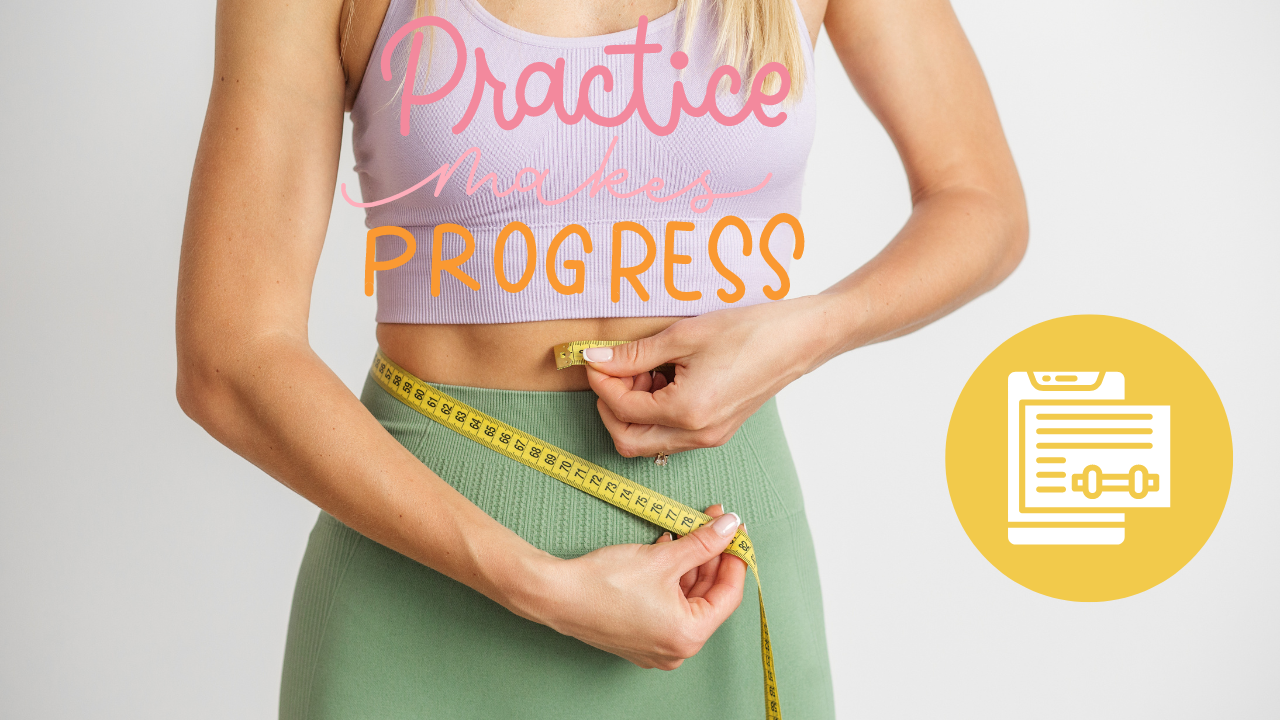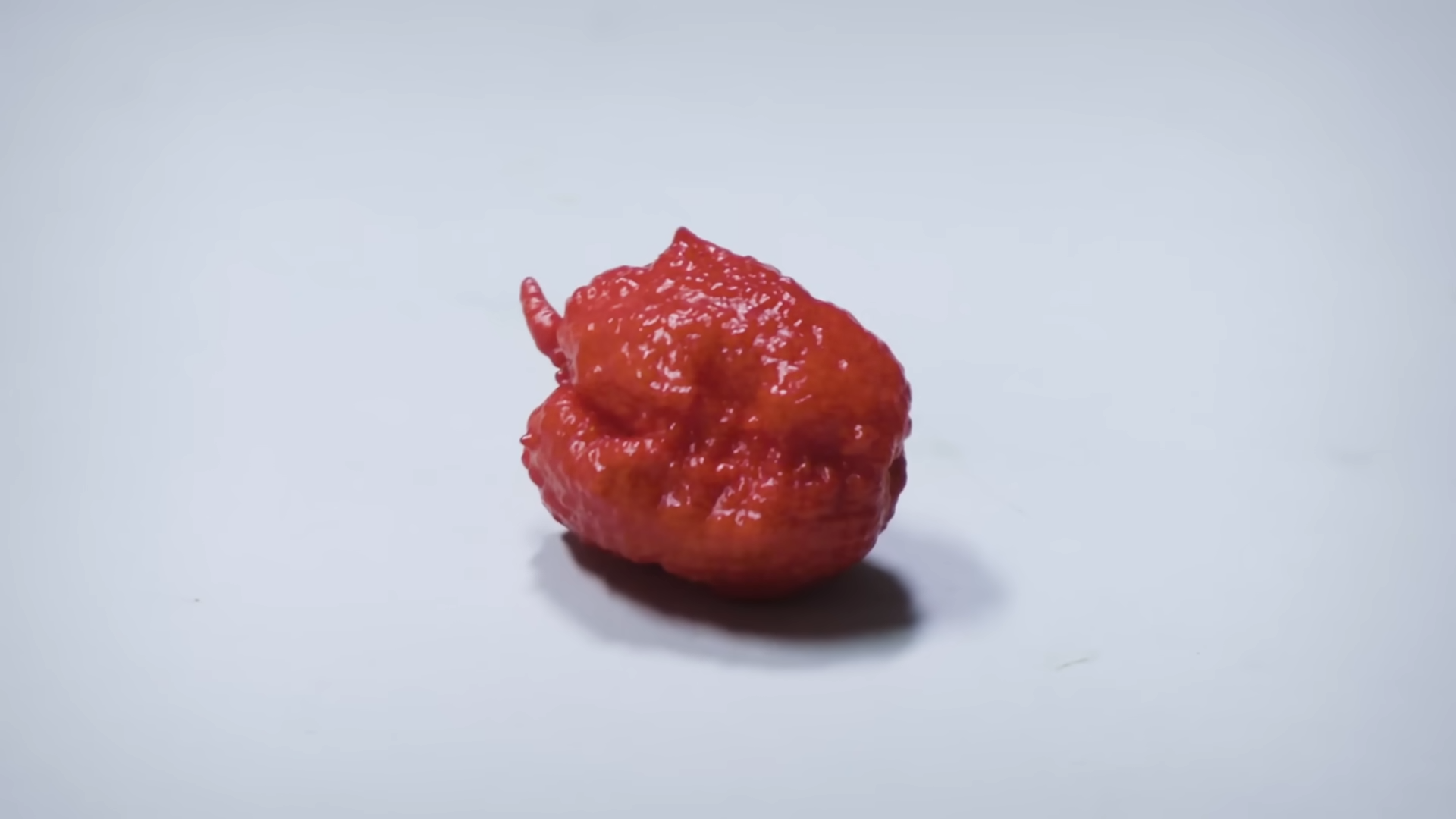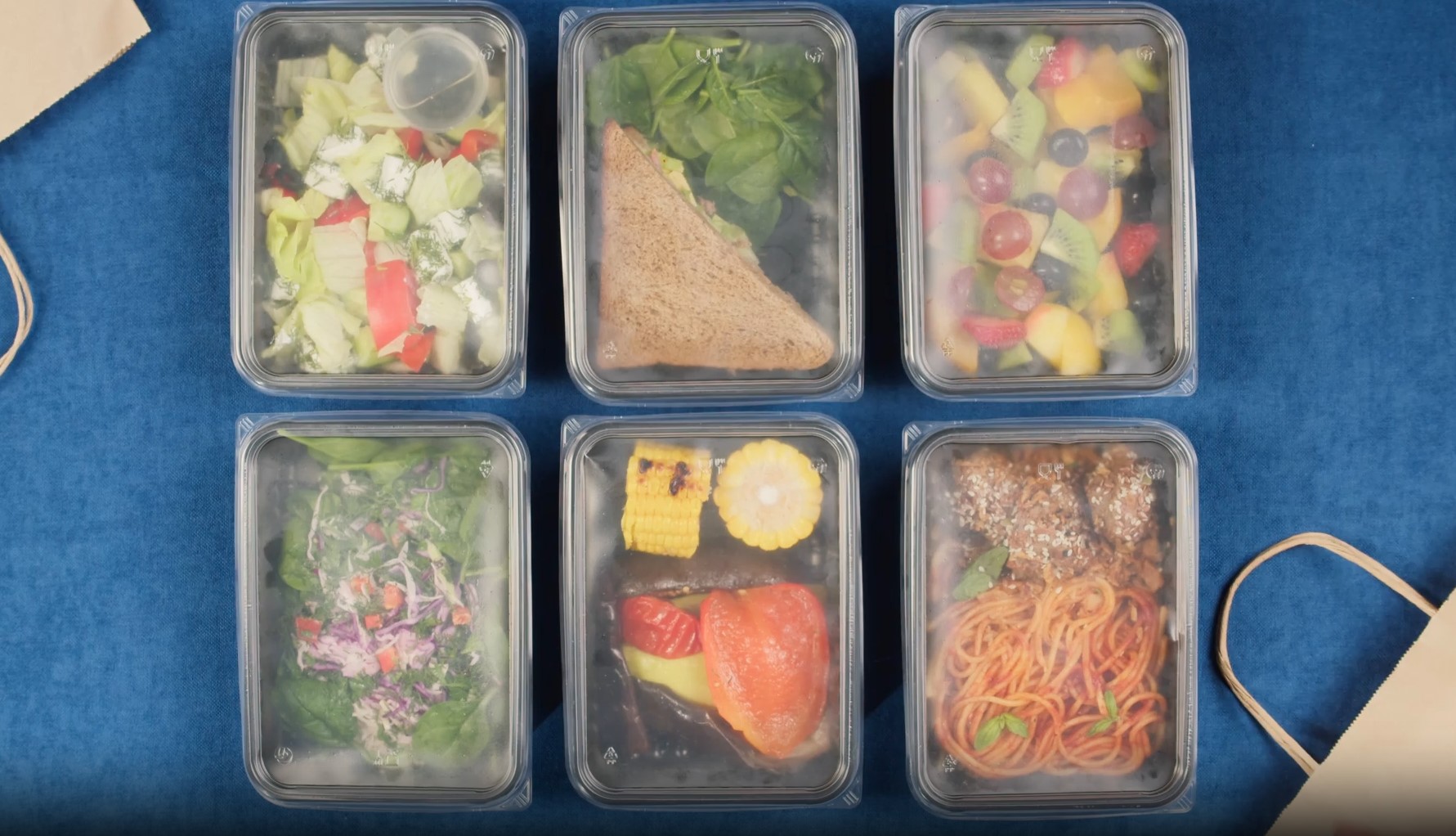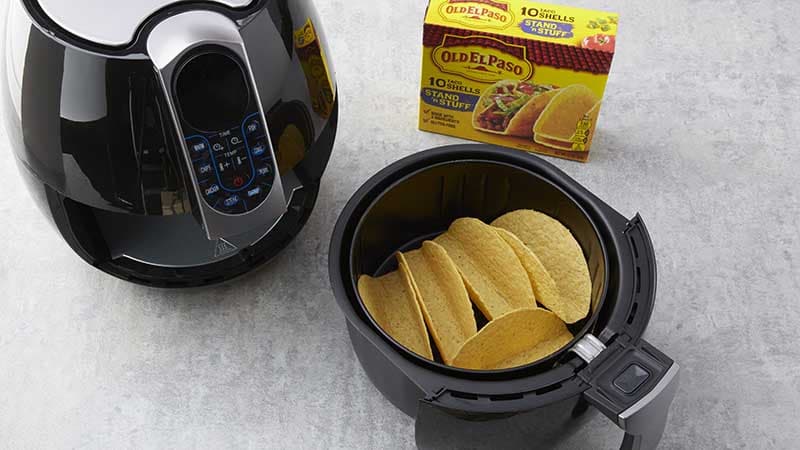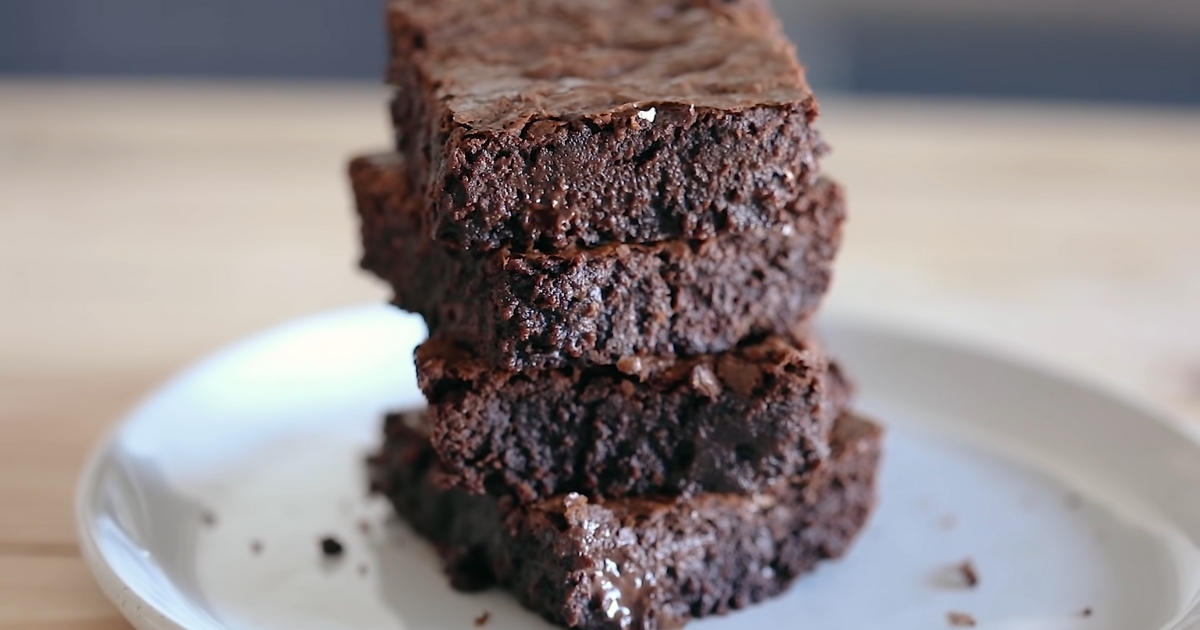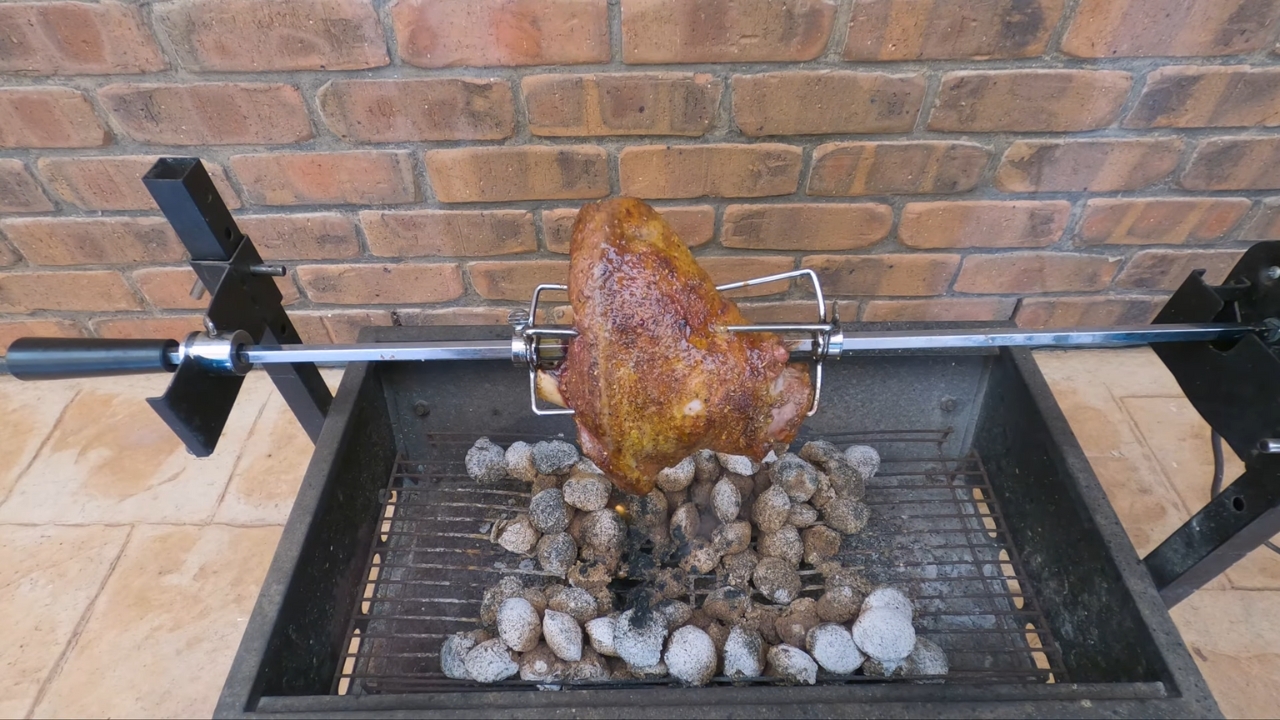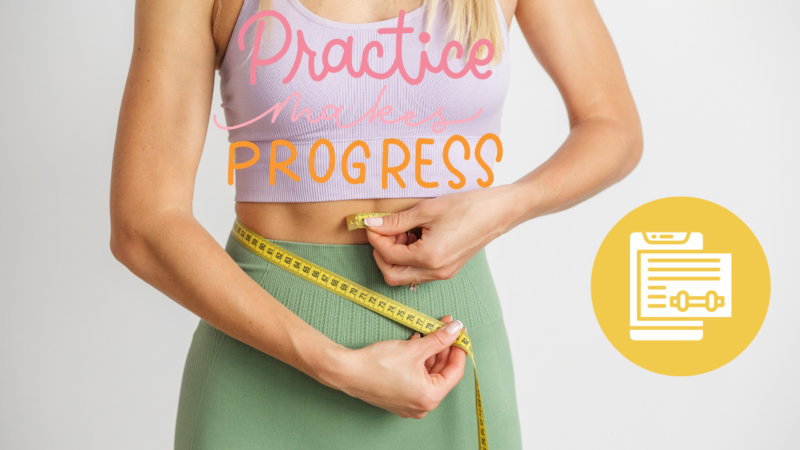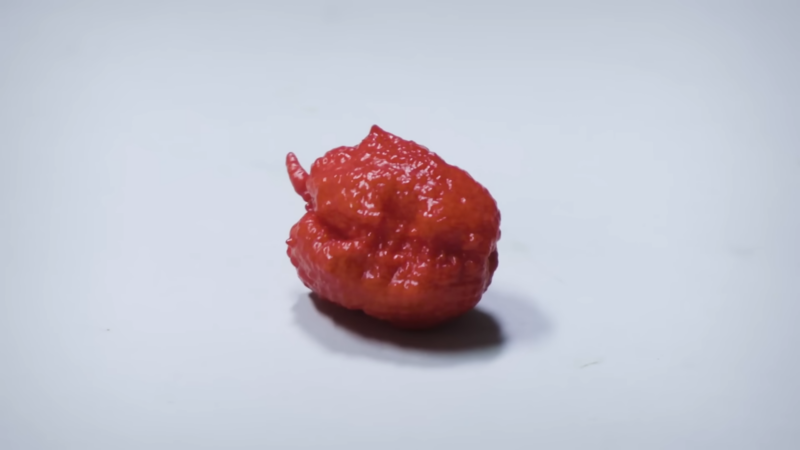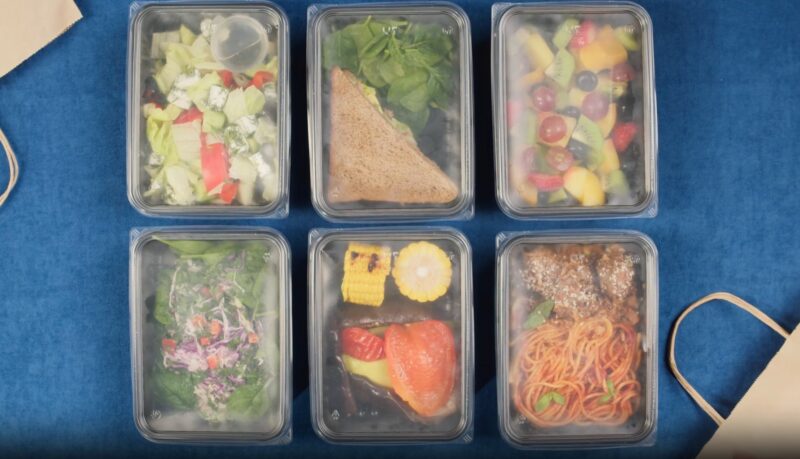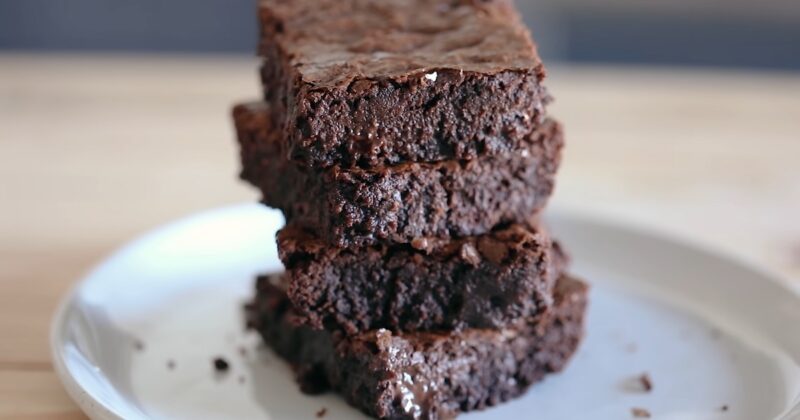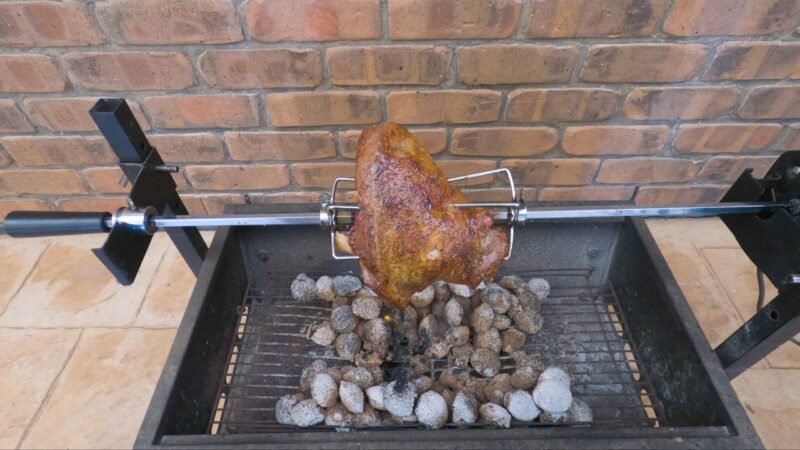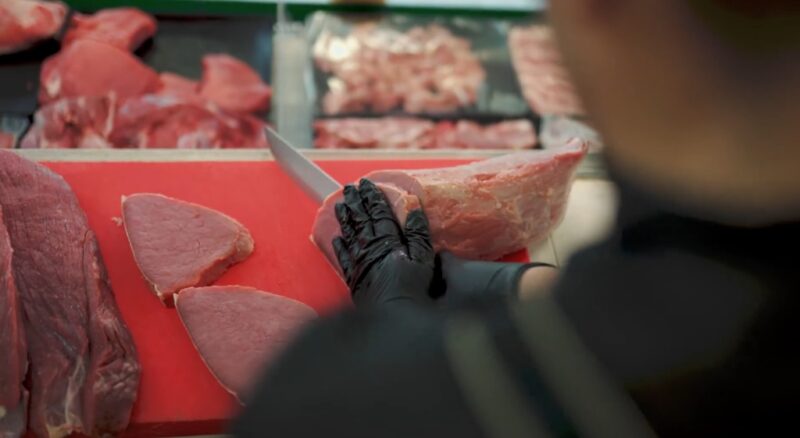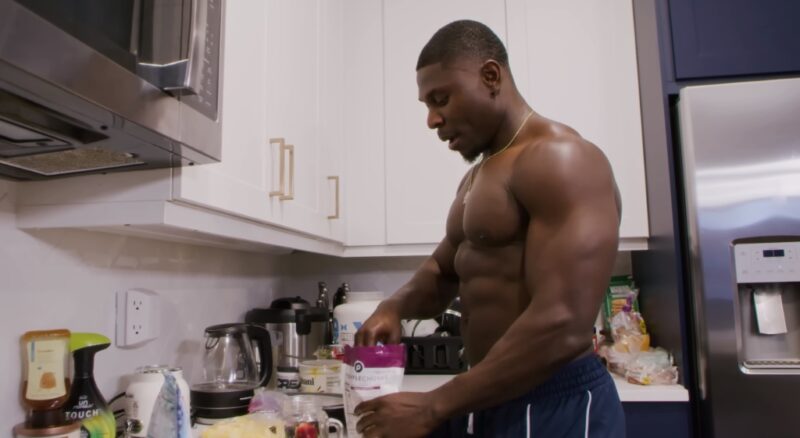
I must admit, popcorn holds a special place in my heart. I still remember the weekends at my grandmother’s house, where she’d make a huge bowl of popcorn, and we’d sit on the couch watching classic movies together. It was our little ritual.
But when I had kids of my own, I was surprised to learn that this snack wasn’t immediately suitable for them. It got me thinking: When can kids actually eat it? So I started exploring the topic to find out.
Table of Contents
ToggleIs Popcorn Dangerous for Kids?
Popcorn, like many other foods, can pose a choking risk, especially for young children. It’s essential to understand why this snack, in particular, could be problematic for little ones. This snack is lightweight and can be easily inhaled, leading it to become lodged in a child’s windpipe.
The unique shape and sometimes-unpopped kernels add to the risk. For toddlers and preschoolers, whose airways are still small and whose chewing abilities are not yet fully developed, this can pose a significant danger.
Other Foods That Are Choking Hazards
Popcorn isn’t the only culprit. Foods like grapes, nuts, and hot dogs also top the list of choking hazards. The commonality among these foods is their size, shape, and consistency. When introducing any new foods to young children, always consider their potential choking risk.
What’s the Right Age for This Snack?
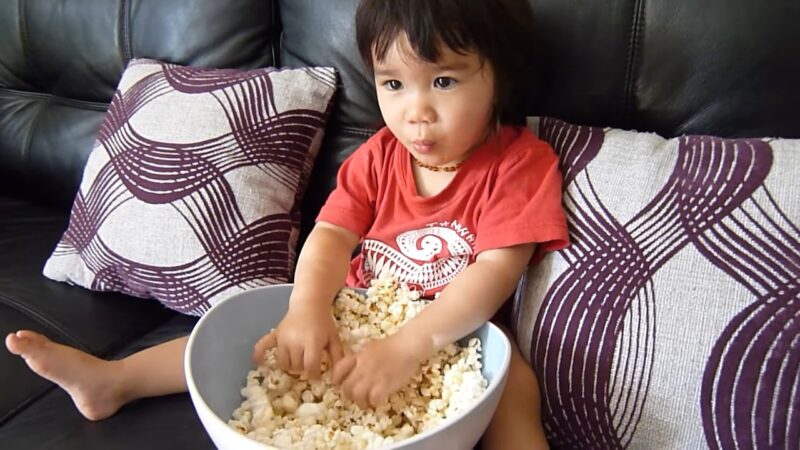
The American Academy of Pediatrics recommends waiting until children are at least four years old before introducing them to this snack. But age isn’t the only factor to consider.
Physical Development Considerations
While age can be a good benchmark, it’s also crucial to consider a child’s physical development. Does your child have a full set of teeth to chew the popcorn thoroughly? Can they sit upright while eating and not run or play, which increases the risk of choking?
Observing these factors can help you make an informed decision.
How to Introduce It Safely?
When the time feels right, and you decide to introduce your child to this snack, ensure that they are supervised. Teach them to take small bites, chew thoroughly, and not talk or laugh with their mouths full.
These precautions can help in minimizing the choking risk.
Making Popcorn a Healthy Snack
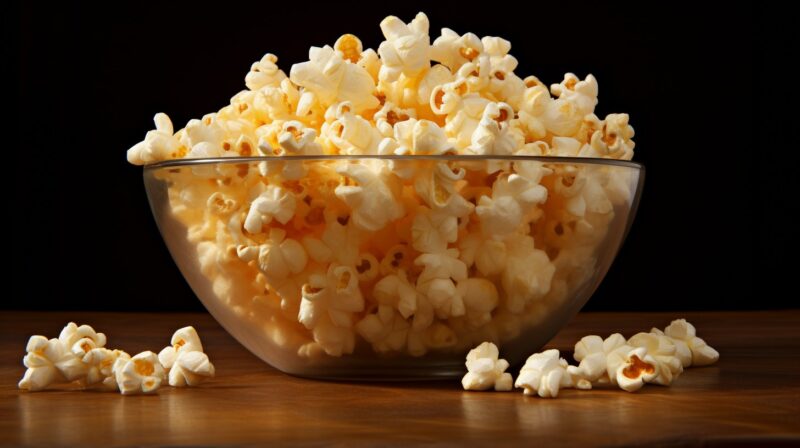
Popcorn can be a healthy snack if prepared correctly. Here’s how you can maximize its nutritional benefits while minimizing potential risks.
Health Benefits
Popcorn is a whole grain, which means it’s packed with fiber and essential nutrients. It’s low in calories when air-popped and can be a great addition to a balanced diet. The antioxidants found in this snack can also help in protecting the body against damage from harmful molecules.
Avoiding Unhealthy Additives
Many store-bought popcorns come loaded with salt, butter, and artificial flavorings. When introducing it to your child, it’s best to stick with air-popped varieties and add minimal, healthy toppings.
This way, you can control the ingredients and ensure your child enjoys a healthy snack.
Gourmet Popcorn for Kids
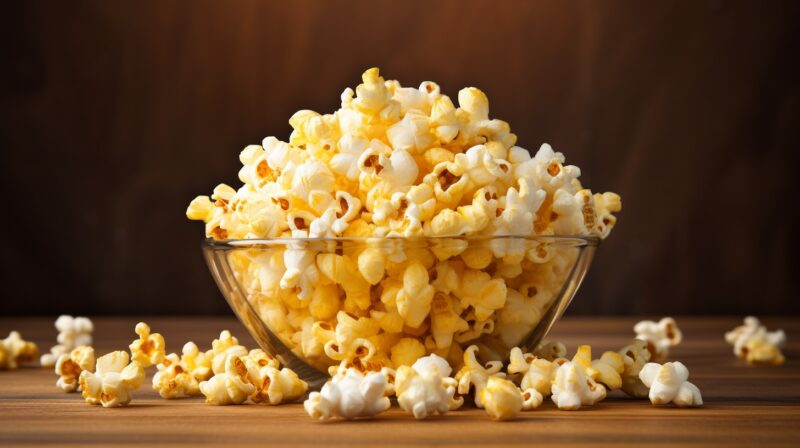
As the popcorn industry has evolved, gourmet flavors have become increasingly popular. But are these fancy varieties suitable for kids? Let’s find out.
Navigating Gourmet Flavors
From caramel to cheese, and even truffle-flavored popcorn, there’s a plethora of options to choose from. While these might be a delightful treat for adults, they can often contain excessive amounts of salt, sugar, and artificial ingredients.
When selecting this snack for your child, always check the nutrition label and opt for varieties with natural ingredients and lower salt and sugar content.
Making Homemade Gourmet Popcorn
One of the best ways to ensure your child enjoys a gourmet treat without unhealthy additives is to make it at home. By using natural ingredients like honey, cinnamon, appropriate oil or even cocoa powder, you can whip up a tasty treat that’s both delicious and relatively healthy.
Plus, making popcorn together can be a fun bonding activity!
Recipes Kids Will Love

Creativity in the kitchen can turn a simple snack like popcorn into a delightful treat. Here are some child-approved recipes to explore.
Sweet: Cinnamon Honey Drizzle
Combine melted honey with a dash of cinnamon and drizzle it over freshly popped popcorn. Toss to coat evenly. This sweet treat is not only delicious but also offers the health benefits of honey and cinnamon.
Savory: Cheesy Herb Popcorn
Melt a bit of butter and stir in grated parmesan cheese and a pinch of dried herbs like rosemary or thyme. Drizzle over popcorn and toss well. It’s a savory treat that brings in the flavors of classic Italian dishes!
FAQs
Why is microwave popcorn not recommended for young kids?
This is primarily due to the risk of unpopped kernels. These kernels can pose a significant choking hazard. Moreover, microwave popcorn often contains additives and higher amounts of salt or artificial flavors, which may not be suitable for younger taste buds.
Are there any alternatives that are safer for toddlers?
Yes, there are several snacks that can serve as alternatives to popcorn for toddlers. Puffed rice, puffed millet, and puffed corn products are similar in texture but lack the hard kernels, making them a safer option.
Always ensure that any snack given to toddlers is age-appropriate in size and consistency.
Can pets, like dogs or cats, eat popcorn?
While this snack isn’t toxic to pets like dogs and cats, it’s best given in moderation and without added salt, butter, or flavorings. Unpopped kernels can also pose a choking hazard to pets.
If you decide to share this snack with your furry friend, make sure it’s plain and air-popped, and always monitor them while they eat.
How is popcorn different from other corn varieties?
Popcorn is a special type of maize. Unlike sweet corn or field corn, popcorn kernels have a hard moisture-sealed hull and a dense starchy interior. When heated, the natural moisture inside the kernel turns to steam, causing it to pop and turn inside out.
This unique characteristic is specific to popcorn kernels.
How should I store popcorn kernels to ensure they pop well?
To maintain the freshness and popping capability of popcorn kernels, store them in an airtight container in a cool, dark place. Avoid storing them in a refrigerator as it might dry out the kernels.
Properly stored, they can last up to a year, ensuring you always have a fresh batch ready for popping!
The Bottom Line
So there you have it, everything I’ve learned about introducing this snack to kids. While my grandmother might not have had all this information back in the day, I’m glad to be armed with the knowledge now. If you’re a parent, grandparent, or caregiver, I hope this guide provides clarity.
Remember, every child is different, and while guidelines are great, always trust your instincts. After all, the joy of sharing a popcorn moment with your little ones is priceless. Until then, happy popping!
Related Posts:

